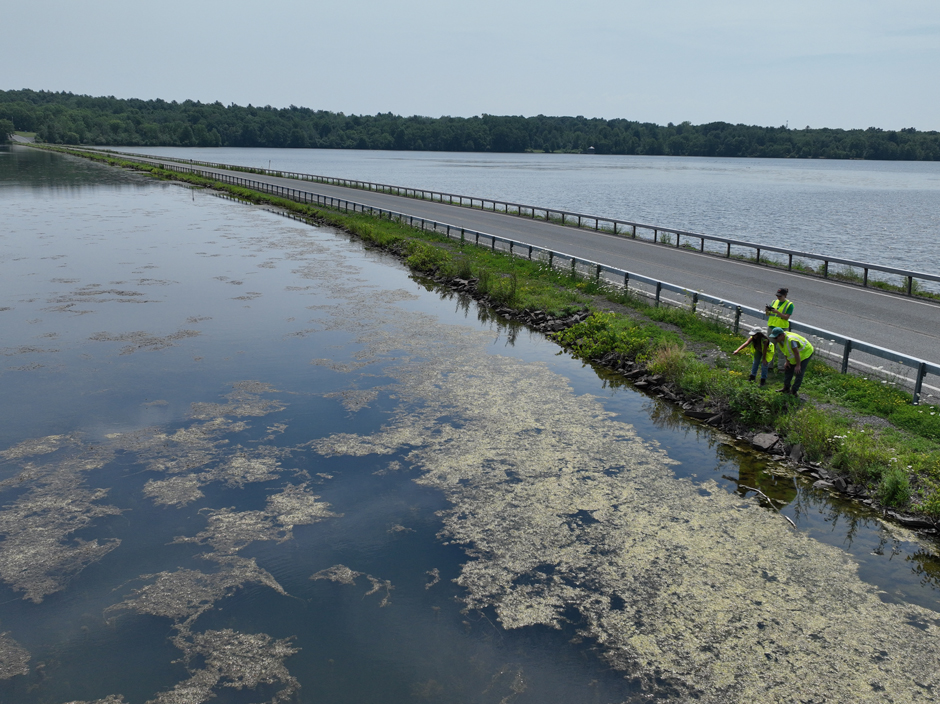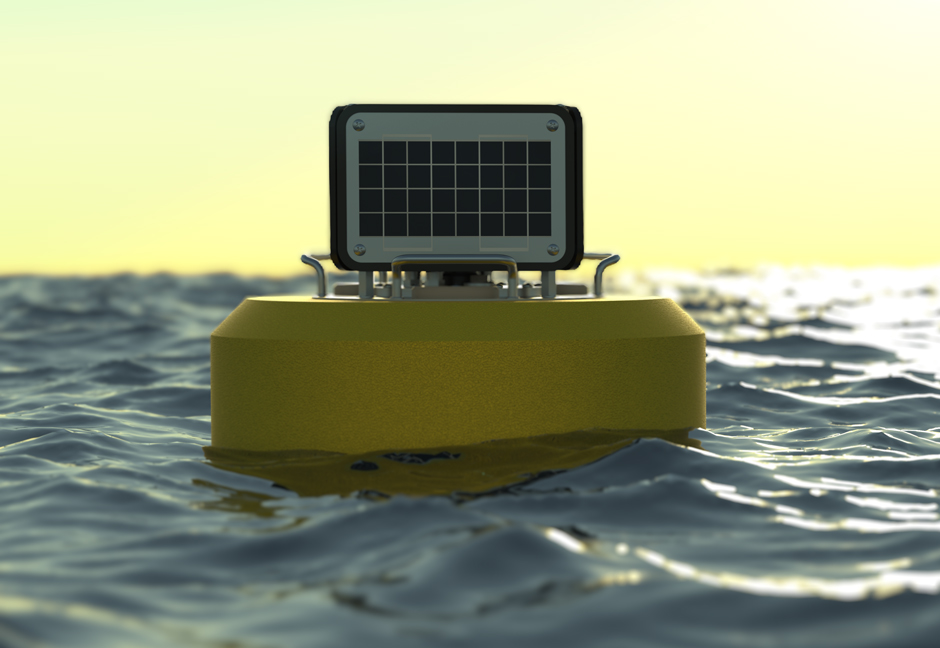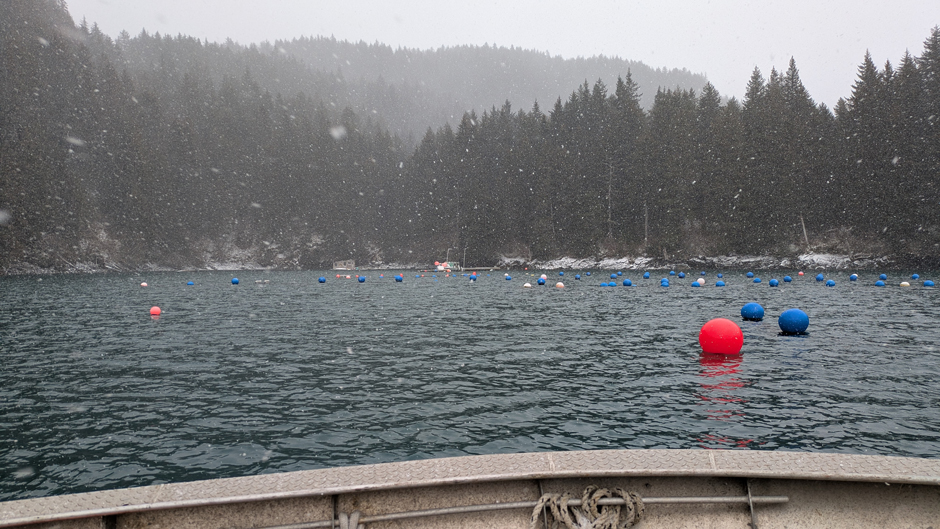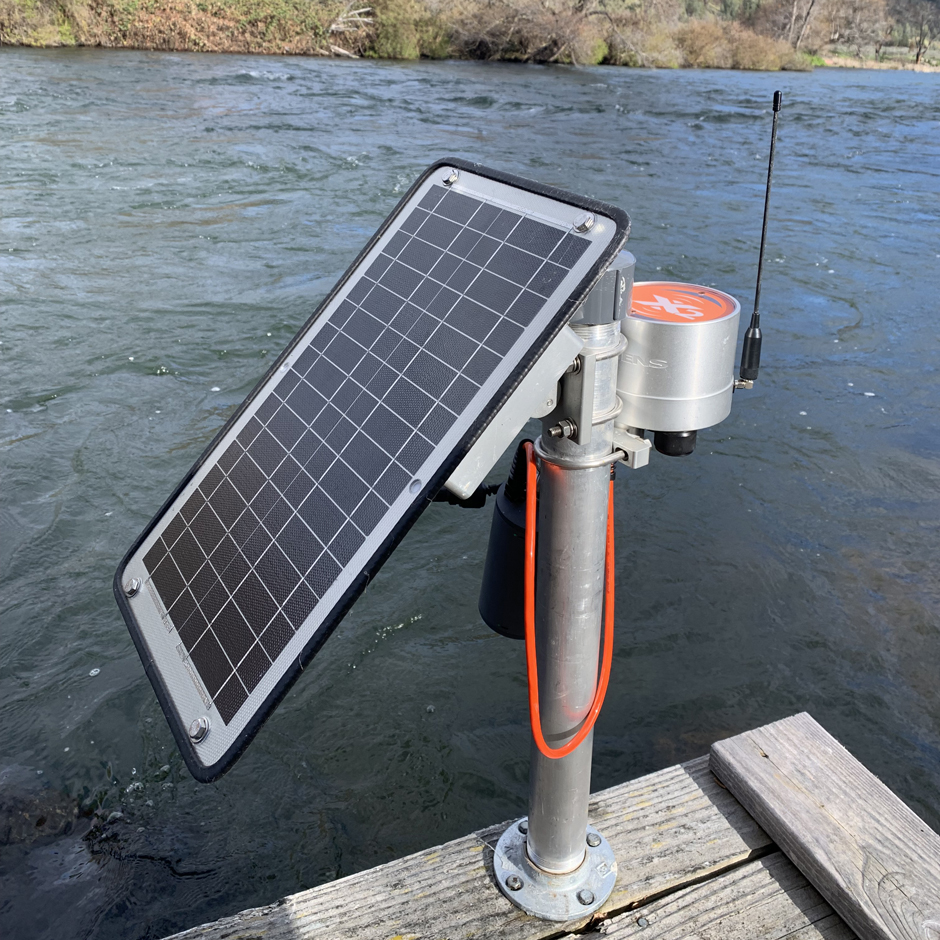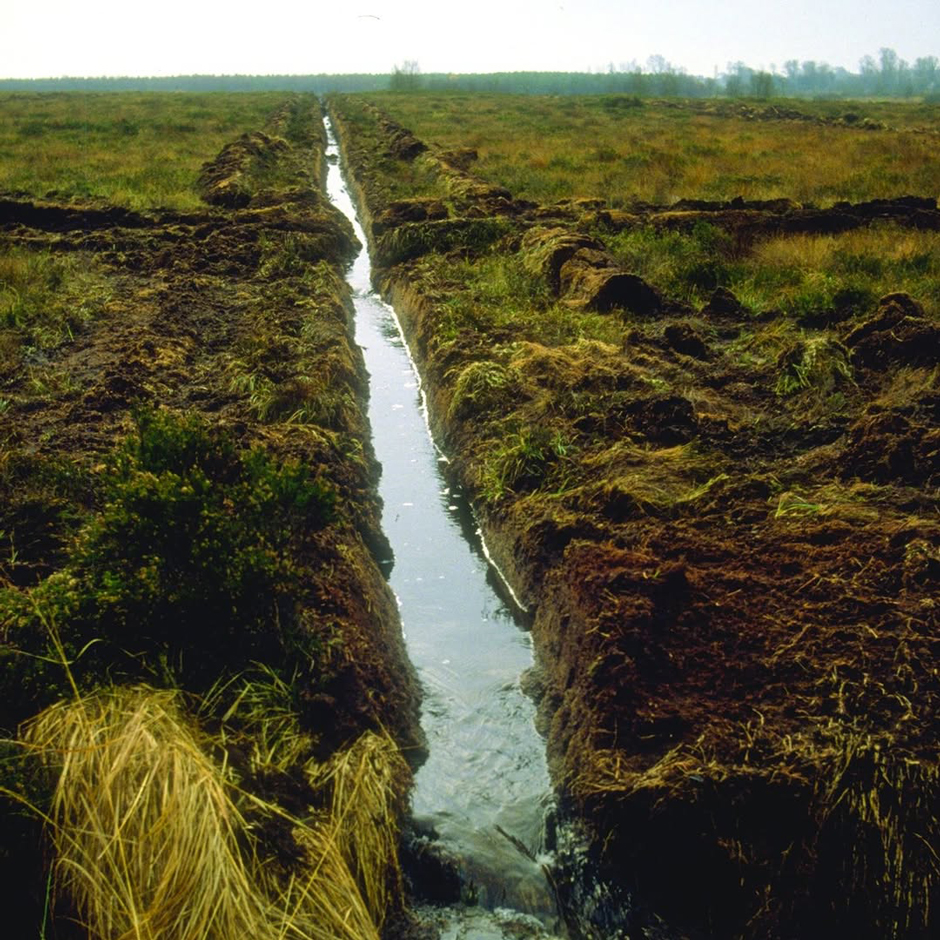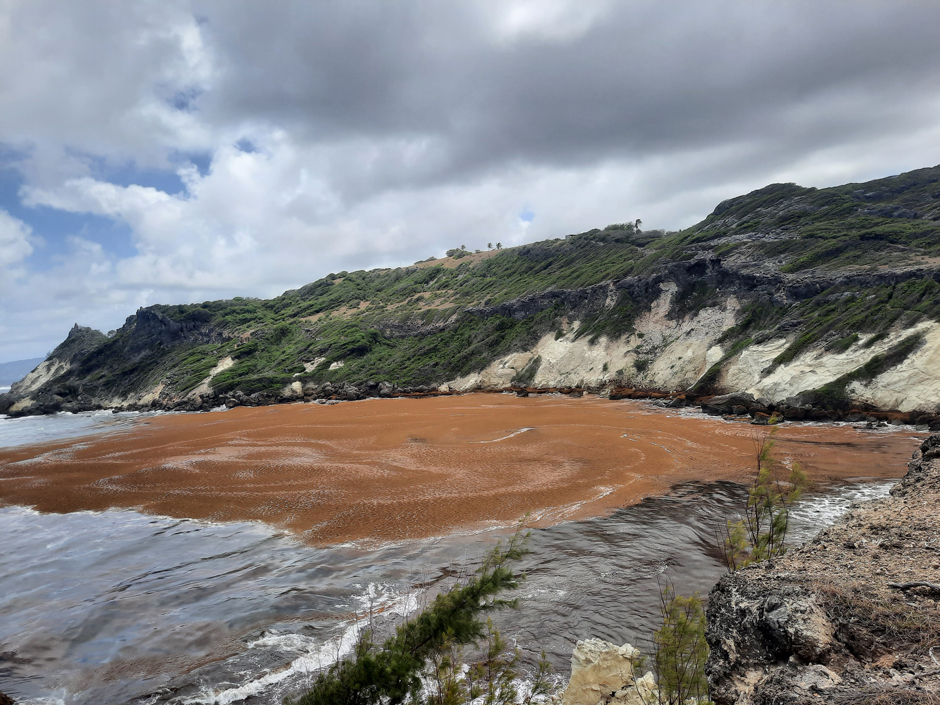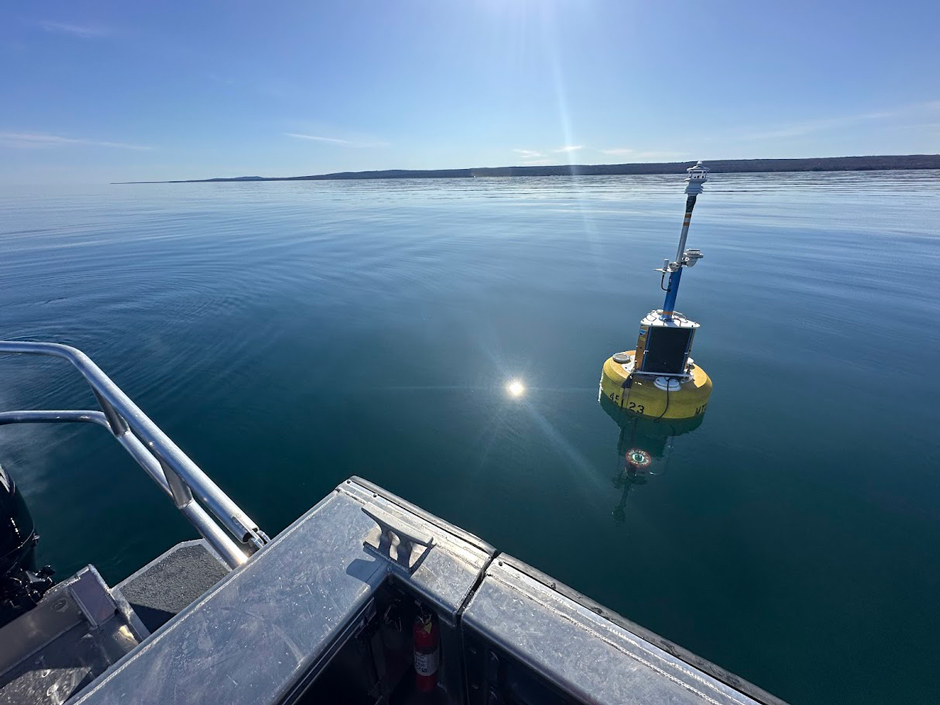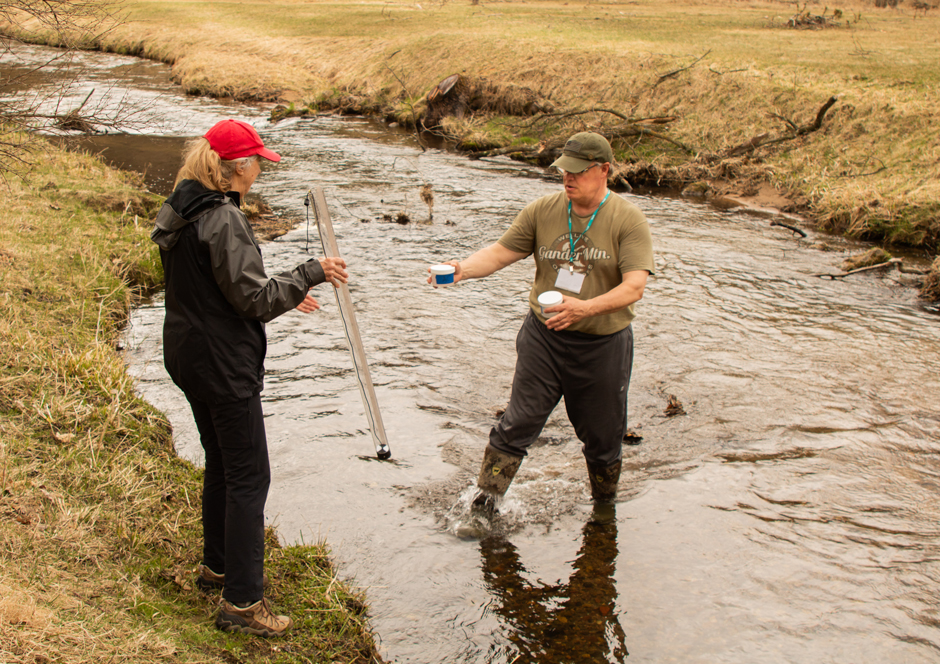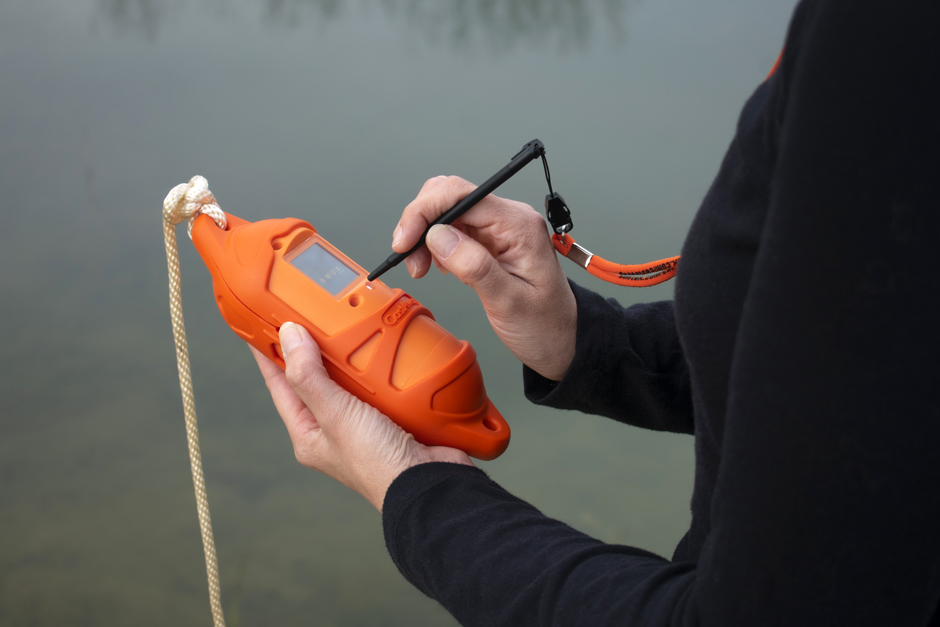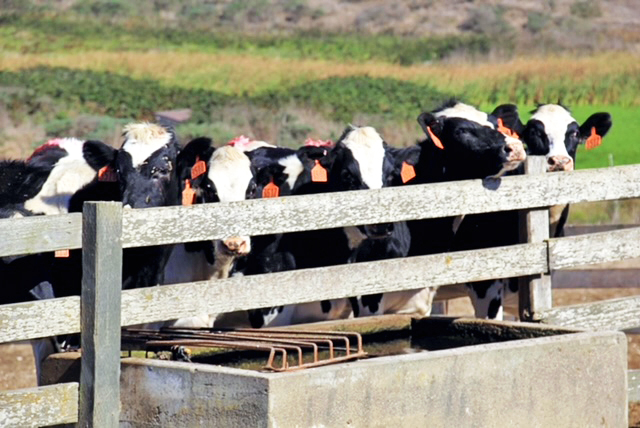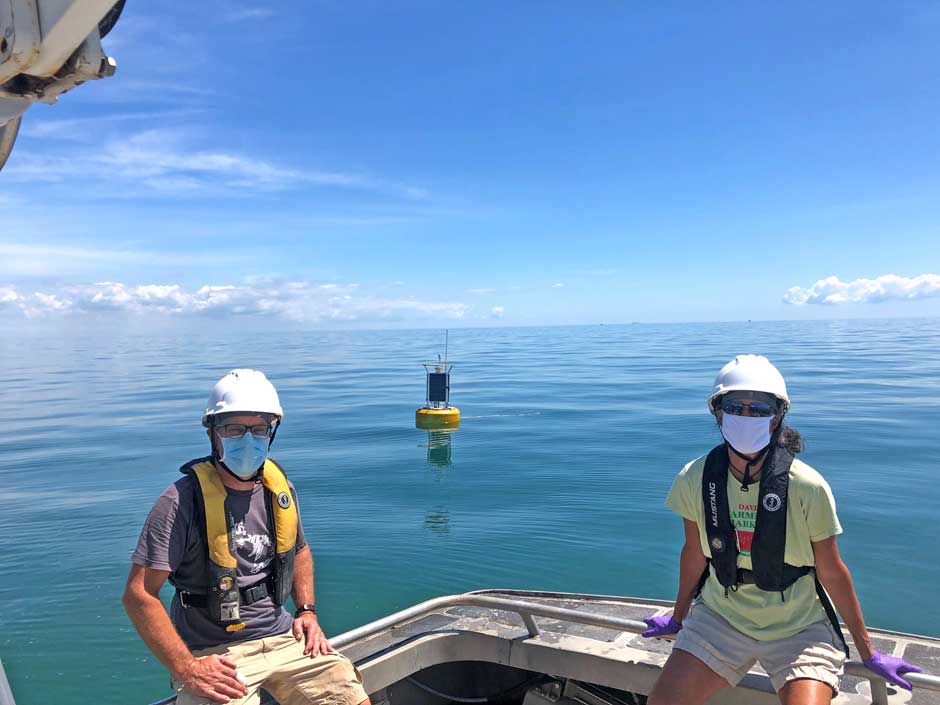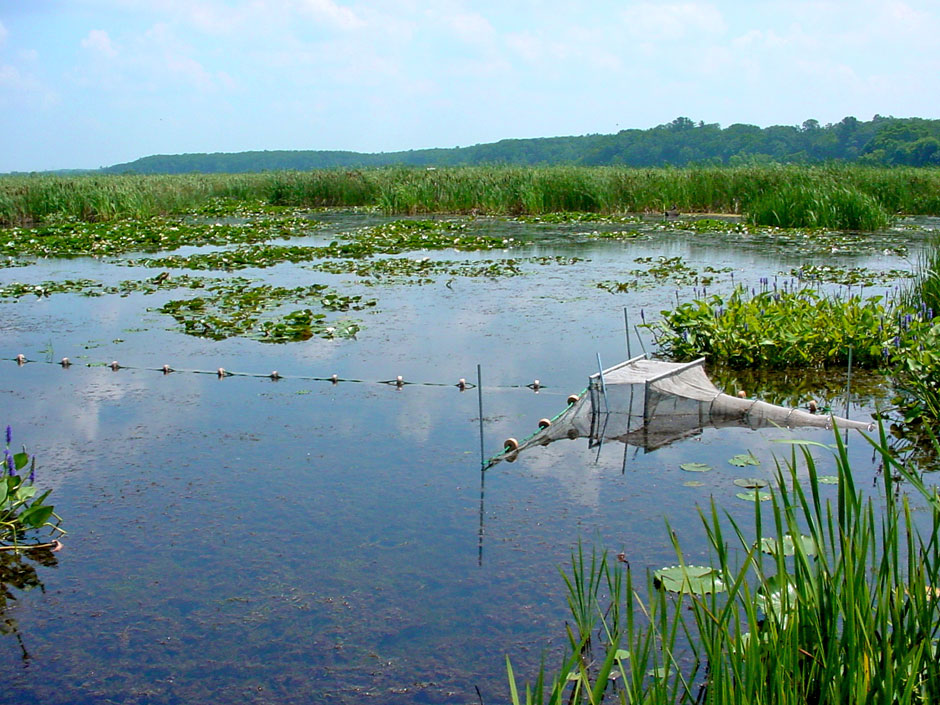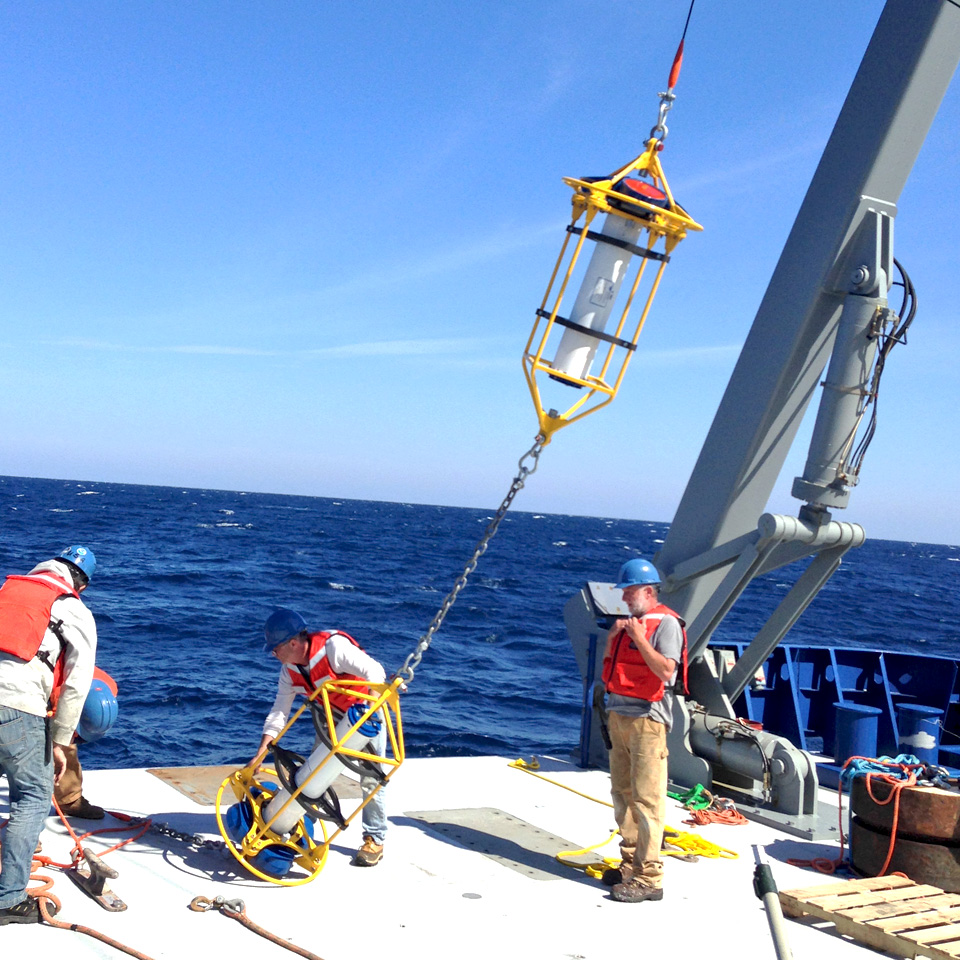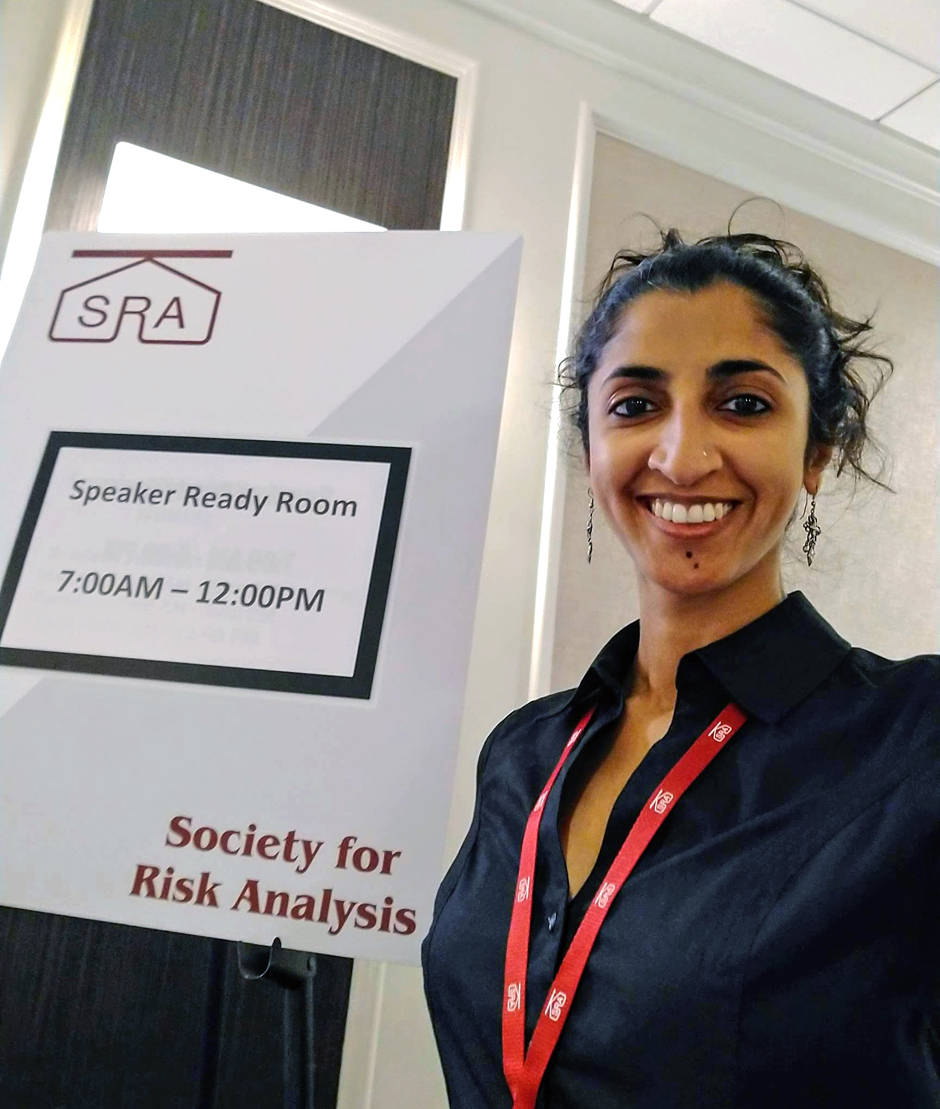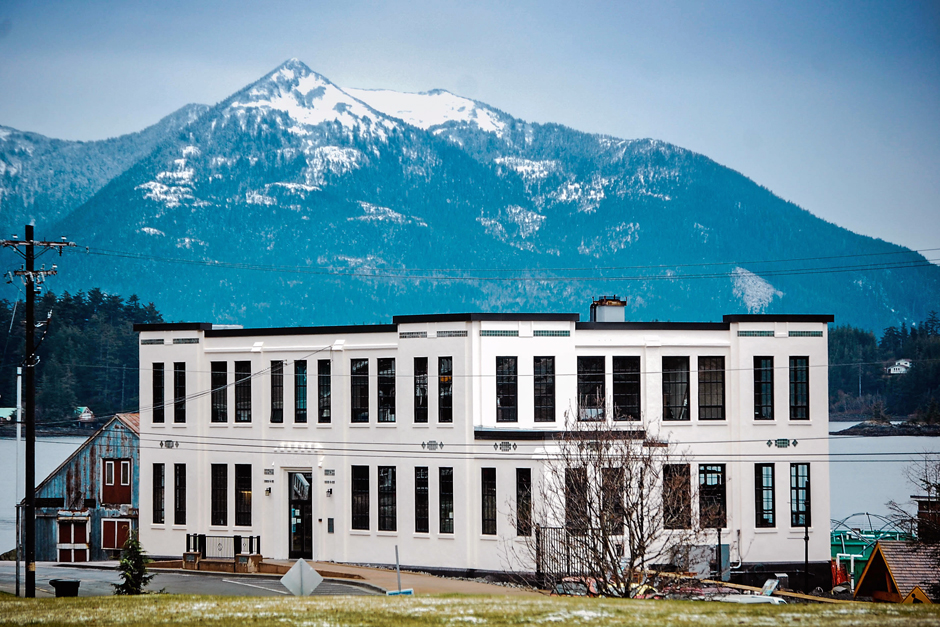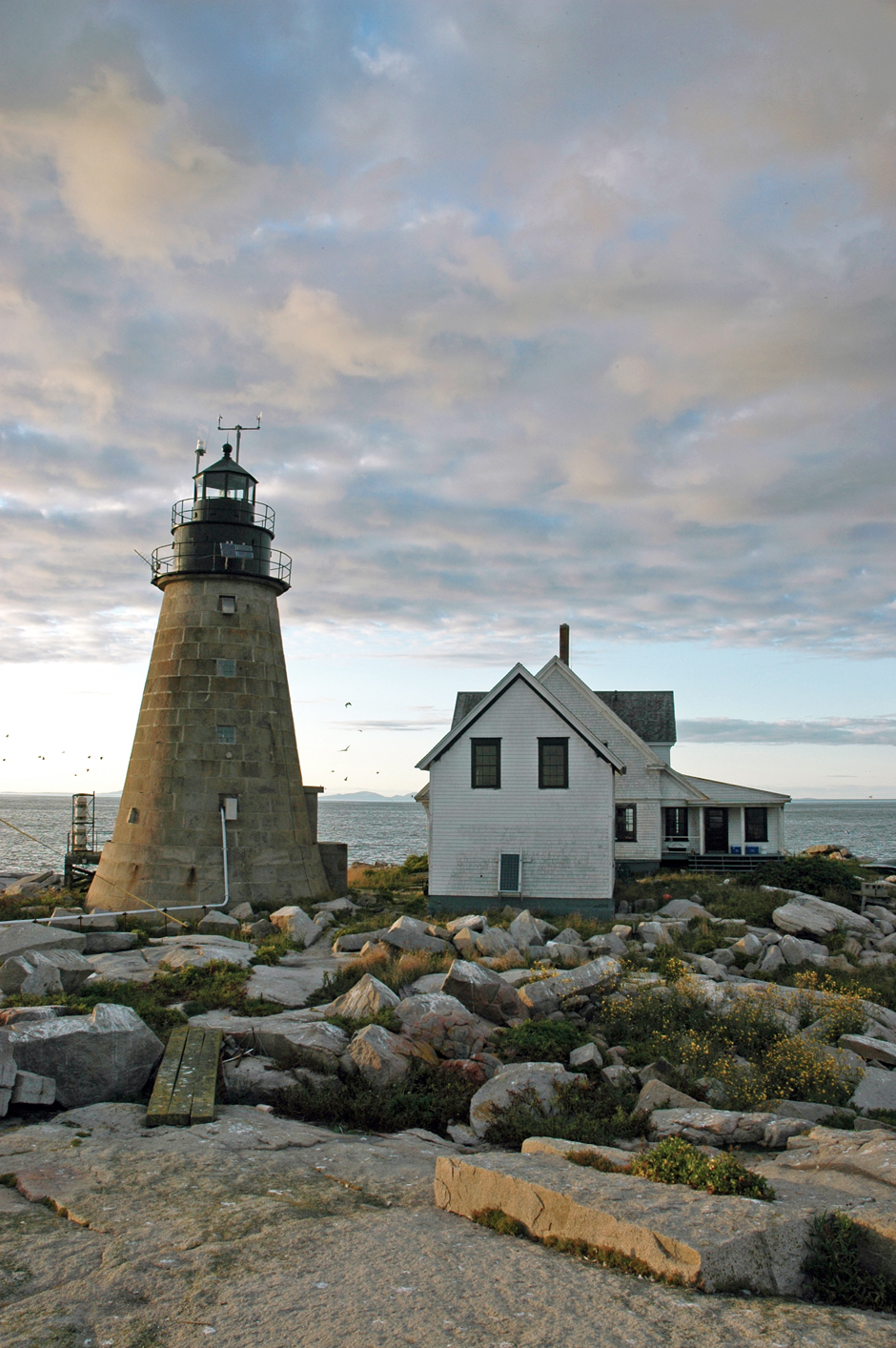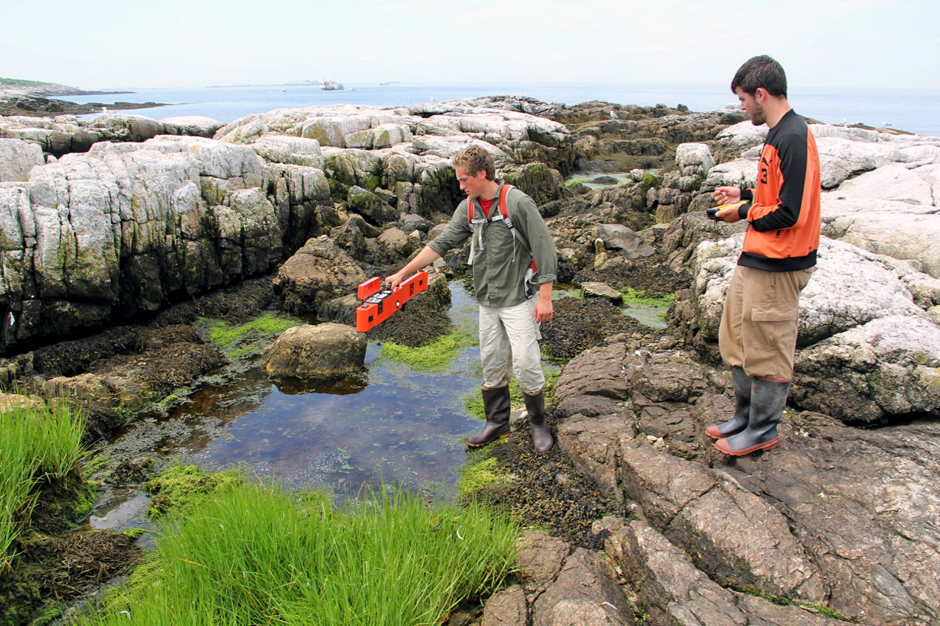Posts for tag "monitoring"
Source Water Monitoring in Albany, New York: Tracing Water Quality throughout Tributaries
Thousands of US cities pull their drinking water from natural source waters like reservoirs, rivers, and streams, making overall watershed health a key consideration for water providers. In Albany, New York, the Albany Department of Water and...
- Posted May 19, 2025
Wave Sensors Integration with NexSens Buoys: A Cutting-Edge Solution for Wave Measurment
Real-time wave data supports accurate weather prediction, safe and efficient maritime operations, and provides valuable safety and operating condition information for recreation and commercial fishing. Understanding wave dynamics also helps with the design of protective coastal structures...
- Posted May 12, 2025
Monitoring Mariculture in the Gulf of Alaska
The mariculture industry in the Gulf of Alaska has been steadily growing in recent years, guided by ongoing research to help refine farm location and cultivation practices. A subset of aquaculture, mariculture focuses on rearing organisms in...
- Posted May 5, 2025
Data-Driven Advocacy on the Lower Deschutes River
Like many freshwater environments, the Deschutes River in Oregon is under pressure from development, pollution, and climate change. Many rivers, streams and lakes in the Deschutes Basin do not meet Oregon water quality standards–where state water quality...
- Posted April 28, 2025
Save our Bogs! Culture, Conservation and Climate Action in Ireland’s Peatlands
Characterized by long-term accumulation under waterlogged conditions, peatlands exist on every continent and account for 3-4% of the global land surface. Small but mighty, these often overlooked wetland environments are estimated to hold as much as one-third...
- Posted March 31, 2025
Sargassum Surge: How Seaweed is Transforming our Oceans and Coastal Ecosystems
Until recently, Sargassum–a free-floating seaweed–was distributed throughout the Sargasso Sea, the north Caribbean Sea, and the Gulf of Mexico. But in the space of a decade, this seaweed has, as one scientist remarks, “Gone from a nonfactor...
- Posted March 24, 2025
Great Lakes Research Center: Designing Targeted Monitoring Solutions
According to the National Oceanic and Atmospheric Administration (NOAA), the Great Lakes have more miles of coastline than the contiguous Atlantic and Pacific coasts combined and contain 20 percent of the world’s freshwater, making it a critical...
- Posted March 17, 2025
Watershed Stewardship in Minnesota: Protecting Valley Creek in the Land of 10,000 Lakes
The Saint Croix Watershed is home to dozens of lakes, rivers, and streams that host an abundance of aquatic life from its tributaries. Valley Creek, a tributary of the St. Croix River, is a designated trout stream...
- Posted February 24, 2025
SonTek CastAway-CTD Meter Review
Lightweight and easy to use, the SonTek CastAway offers a convenient 3-in-1 solution for measuring conductivity, temperature, and depth profiles. At a 5 Hz sampling rate, the CastAway is designed for up to 1 m/s free-fall through...
- Posted December 2, 2024
National Park Dairies Curb Pollution with Best Practices
Point Reyes National Seashore is unique among national parks: it hosts dairies and ranches. Best management practices are improving water quality.
- Posted May 18, 2021
Buoys in the time of Covid: Delays to important information
Although buoys collect and relay data largely on their own, they require a team to deploy. Covid slowed them down.
- Posted February 9, 2021
After 10 Years, Great Lakes Monitoring Program Still Adapting
Great Lakes Coastal Wetland Monitoring Program has provided data on a dynamic ecosystem for 10 years. Now it’s adapting to new challenges.
- Posted August 26, 2020
Breaking Down the Research Magic Being Captured by Duke’s WIzARD
Researchers at Duke University have deployed a 500-foot mooring line capable of collecting an array of biological and environmental data in the ocean.
- Posted July 1, 2020
Environmental DNA from Waterways Could Be a New Tool in Monitoring Feral Pigs
Feral swine cause major damage across the U. S., Environmental DNA could provide a much needed monitoring boost.
- Posted February 19, 2020
Tracking Opioids in Municipal Wastewater
New work on monitoring wastewater for opioids reveals many new applications for the technology.
- Posted June 3, 2019
Research and Education at the Hawaii Institute of Marine Biology
The Hawaii Institute of Marine Biology is using modern technologies to develop a deeper understanding of Hawaii’s unique tropical ecosystems.
- Posted May 8, 2019
From Abalone to Zooplankton: Sitka Sound Science Center Works to Monitor Health of Alaska’s Marine Life
Monitoring marine species both great and small, Alaska’s Sitka Sound Science Center keeps track of the health of fish, kelp, copepods and more.
- Posted April 29, 2019
Remote Mount Desert Rock Marine Field Station a Challenging But Rewarding Haven For Research
Mount Desert Rock offers unique research opportunities and austere beauty to high school, undergraduate and graduate students. Its surrounding waters feature humpback, minke, fin and northern right whales.
- Posted April 19, 2019
Shoals Marine Laboratory: Over 50 Years of Undergraduate Research Excellence
Appledore Island’s rocky shores and unique flora and fauna provide outstanding research opportunities for college students at Shoals Marine Laboratory.
- Posted April 11, 2019
From Acid Rain to Cyanobacteria, Cary Institute of Ecosystem Studies is a Leader in Environmental Monitoring
New York’s Cary Institute has a long history of important environmental monitoring contributions, from pivotal acid rain research to long-term road salt monitoring.
- Posted December 6, 2018


